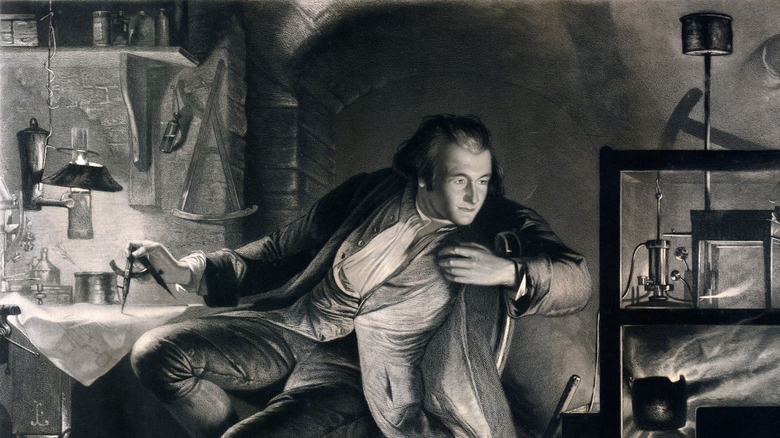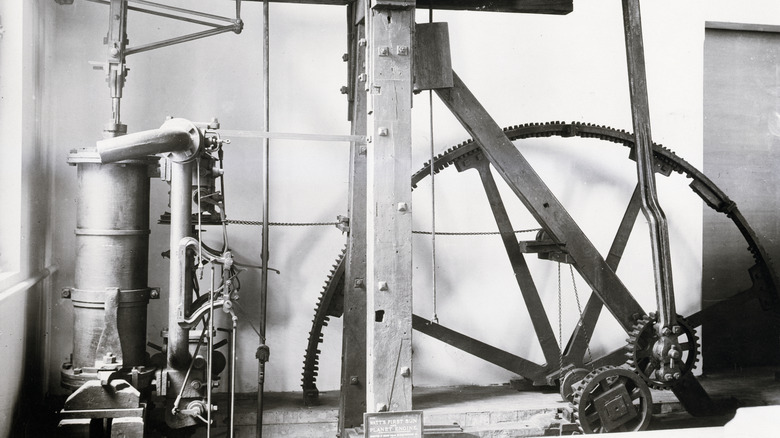What Influence Did Inventor James Watt Have On Steam Engines & The Industrial Revolution?
When an inventor has a unit of measurement named after him, it's clear his work had more than a small impact on scientific and industrial progress. So it was for James Watt, whose Watt engine is often considered one of the cornerstones of the Industrial Revolution. This is why the watt is what we call the unit of power equal to one joule of work per second. It's also technically 1/746 horsepower (horsepower being a term coined by Watt himself). There's a reason that in the book "Reminiscences of James Watt," a few fellow engineers regarded him as "the most useful man that ever lived."
Watt's inventions were numerous, including the flexible water main, perspective drawing machine, a micrometer (for measuring distances), a machine for copying sculptures, and even a letter-copying press, viewed as a sort of early version of the photocopier. But it was his work on steam engines and their rapid deployment into various industries that helped kick-start the Industrial Revolution.
Redesigning the steam engine and an entire industry
According to the Scottish Science Hall of Fame, his influence began while repairing a model Newcomen steam engine in 1764, at which point he couldn't help but notice how much steam it wasted in the process, with the cylinder needing to regularly be reheated, ultimately using up plenty of coal. Watt figured a separate steam condenser could ensure the cylinder remained hot, and partnered with inventor John Roebuck, producing a prototype in 1768. The highly efficient patent was given the non-efficient name "A New Invented Method of Lessening the Consumption of Steam and Fuel in Fire Engines."
As this redesign began to garner attention from copper, tin, coal, and iron mines around England, two further developments helped crystallize his impact on engine efficiency. First was the rotary engine, an innovation which used rotary movement to replace the reciprocating, up-and-down piston movement of the original. It helped modernize corn, malt, and cotton mills, among others, and was used to replace "animal and water power and mechanized industries like weaving and spinning."
An enduring legacy
What seemed to finalize the impact of the Watt engine on the Industrial Revolution was his creation of the double-acting engine. Doubling the efficiency, it condensed steam both above and below the piston, and used parallel motion to push and pull the piston rod in a perpendicular motion, an innovation he described as "one of the most ingenious, simple pieces of mechanism I have contrived."
He wasn't wrong. Both this and previous incarnations of his modernizing engines were quickly in demand from nearly every type of industrial plant, including iron mills, paper mills, flour mills, distilleries, canals, and waterworks, among countless others. The redesigned engines revolutionized how industrial plants functioned, and as a result, centralized the population in England, as it "helped move Britain's population from a 90% rural basis to a 90% urban basis," as noted by the Scottish Science Hall of Fame. A new way of life was born in England and around the world. His sculpture copying machine may have been a clever passion project, but changing the way we use heat and motion in engines clearly took precedence.


